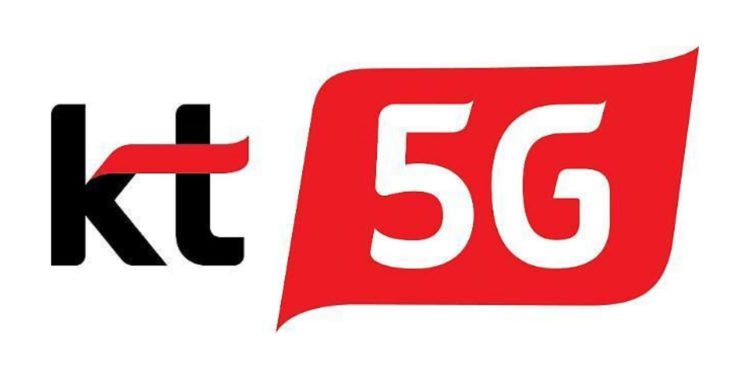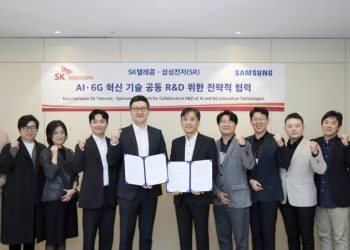South Korean telecom giant KT and global tech provider Samsung came together for a 5G standalone network project in 2021. KT Corporation is now planning to commercialize and deploy 5G SA and NSA networks in the home country. The company aims to make a nationwide plan starting with eight major cities where KT’s mobile edge data centers are located.
Samsung will play a role in providing its common core to support 5G NSA and SA modes and 4G at the same time. This will allow vendors to have a smooth transition to standalone 5G.
Currently, KT has not announced the official launch date of the standalone 5G network. However, it declared that the services would launch soon after SA-capable devices are available.
Although KT had started offering 5G in NSA mode with limited features, the new standalone 5G service will have advanced attributes. With this, the network will not have to rely on an LTE anchor for signaling.
Young-soo Seo, KT’s SVP and Network Research Technology head, released a statement where he said, “With this advantage, we are able to rapidly and easily deploy 5G SA and NSA common core in our MEC centers without additional core networks.”
KT introduced Samsung at an early stage of the process to ensure that the 5G network can be delivered through its own NSA infrastructure. Also, KT allowed vendors to leverage CUPS to establish 5G SA services by upgrading software. Here, Since CUPS separates control and user plane functions, vendors can offer a 5G network without creating a different 5G SA core.
As the new method will allow vendors to control planes and user plane resources separately located and scaled, they adjust deployments as per 3GPP. This way, the existing nodes are not disturbed while controlling the planes.
Samsung will help solve accessibility issues of the 5G network as its common core will be deployed in KT’s MEC centers. Both companies have focused on providing a speedy 5G network that does not aggressively consume the user’s battery.
KT planned to address 5G concerns specific to businesses. The company allowed businesses to choose between SA or NSA networks to scale their services.
Samsung officials stated that the common core is at the core of network design that helps formulate a 5G strategy based on 3GPP. Here, integration of access technologies such as NR and LTE happens through a standard interface. However, it also depends on other factors such as automation and network slicing at the vendor’s end.
Since standalone 5G allows operators to offer specialized services through network slicing, the monetization component of 5G is a huge attraction in the industry. The South Korean operator will be second to launch a nationwide 5F SA network after T-mobile operating in the U.S.






